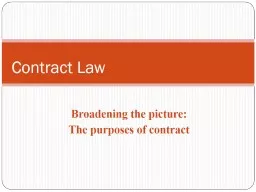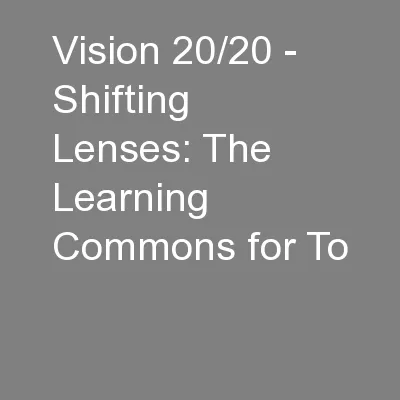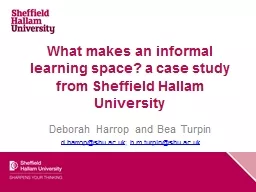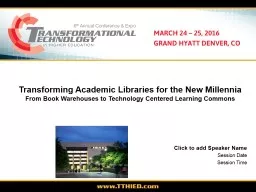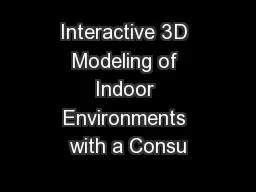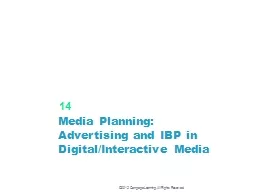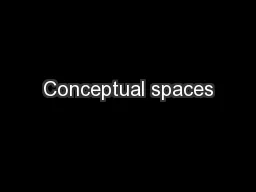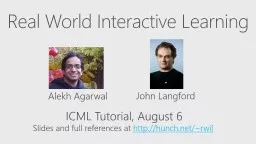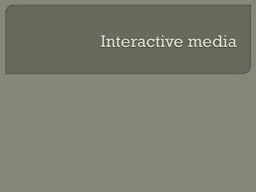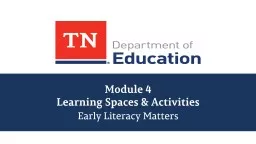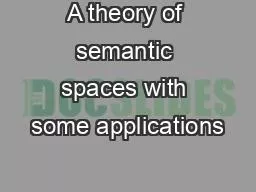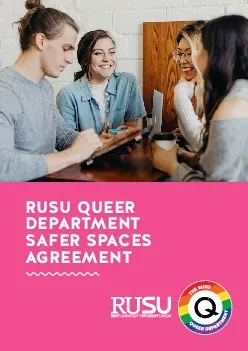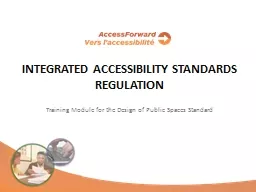PPT-Interactive learning spaces
Author : mitsue-stanley | Published Date : 2017-08-04
Using the Herschel Labs in legal education TT Arvind Director of Learning and Teaching Newcastle Law School The pedagogic goal Overcoming the limits of a lecture
Presentation Embed Code
Download Presentation
Download Presentation The PPT/PDF document "Interactive learning spaces" is the property of its rightful owner. Permission is granted to download and print the materials on this website for personal, non-commercial use only, and to display it on your personal computer provided you do not modify the materials and that you retain all copyright notices contained in the materials. By downloading content from our website, you accept the terms of this agreement.
Interactive learning spaces: Transcript
Download Rules Of Document
"Interactive learning spaces"The content belongs to its owner. You may download and print it for personal use, without modification, and keep all copyright notices. By downloading, you agree to these terms.
Related Documents

